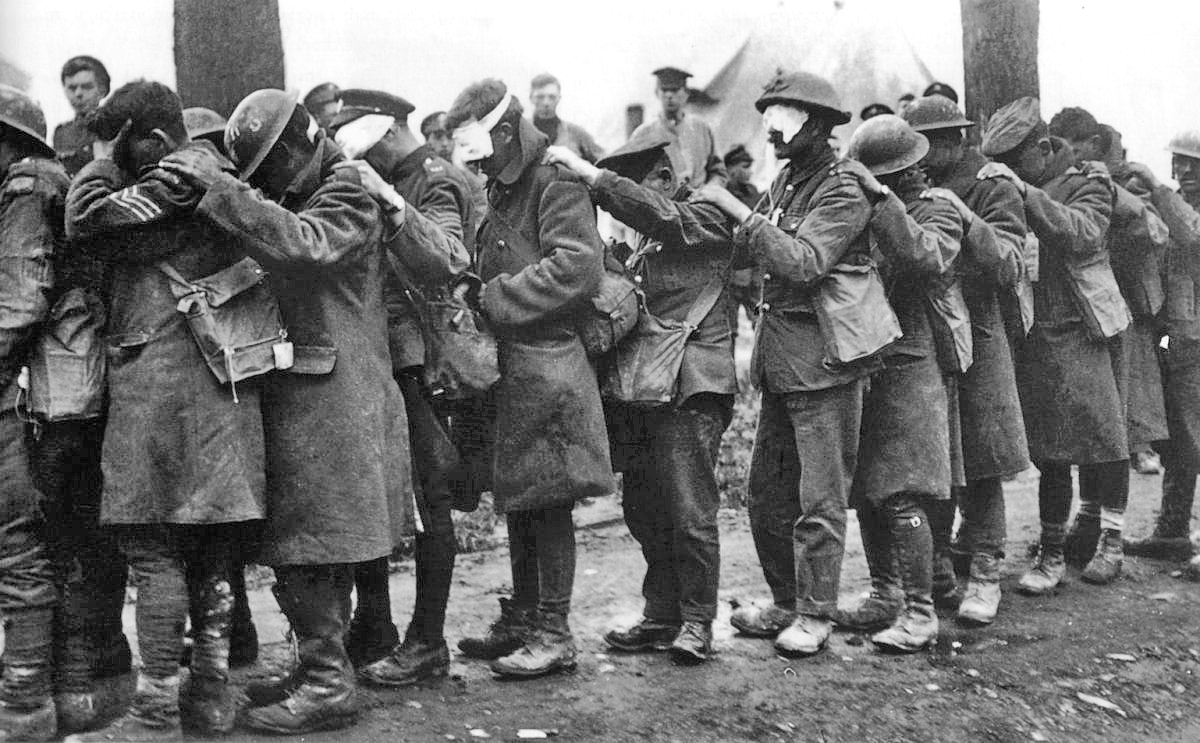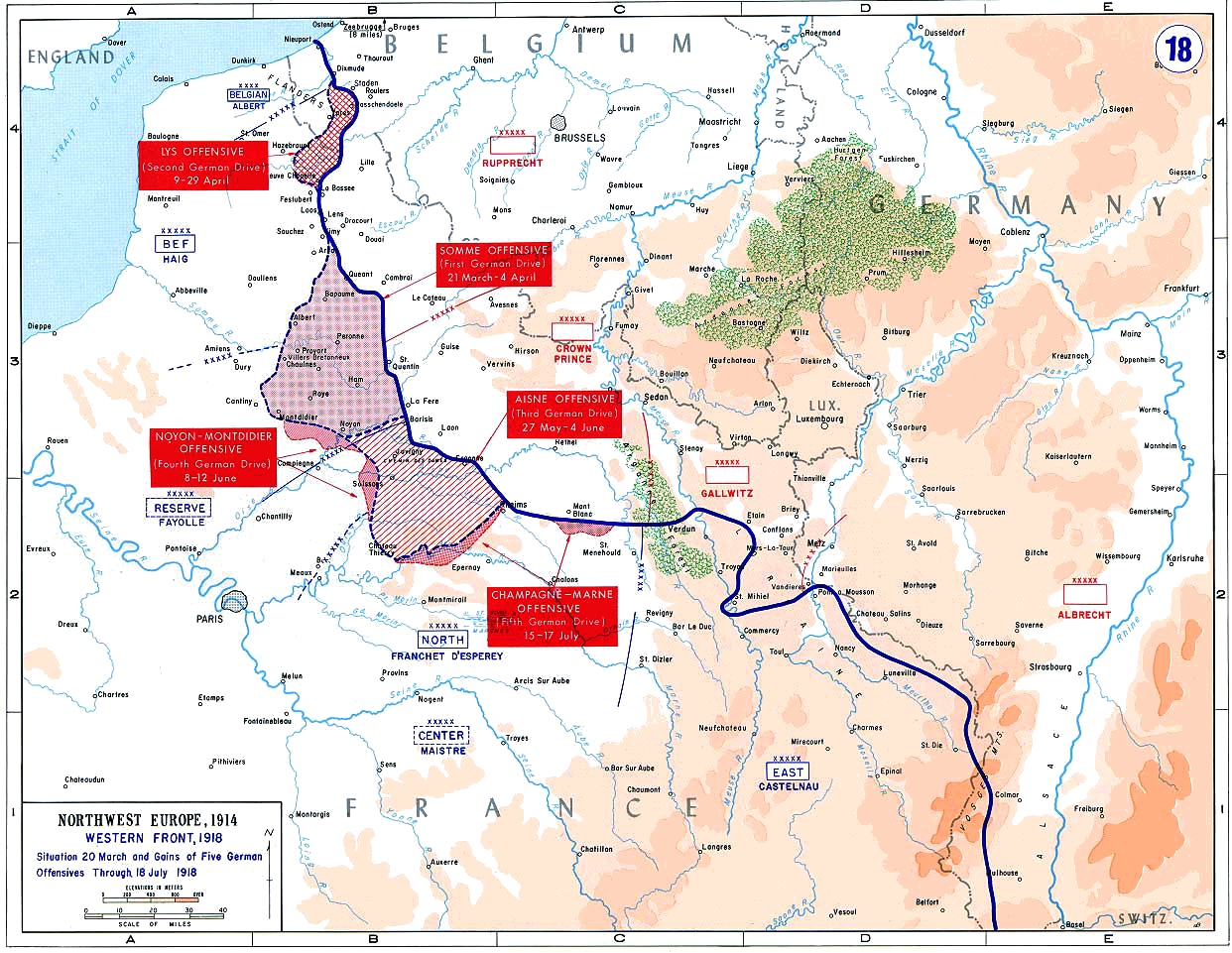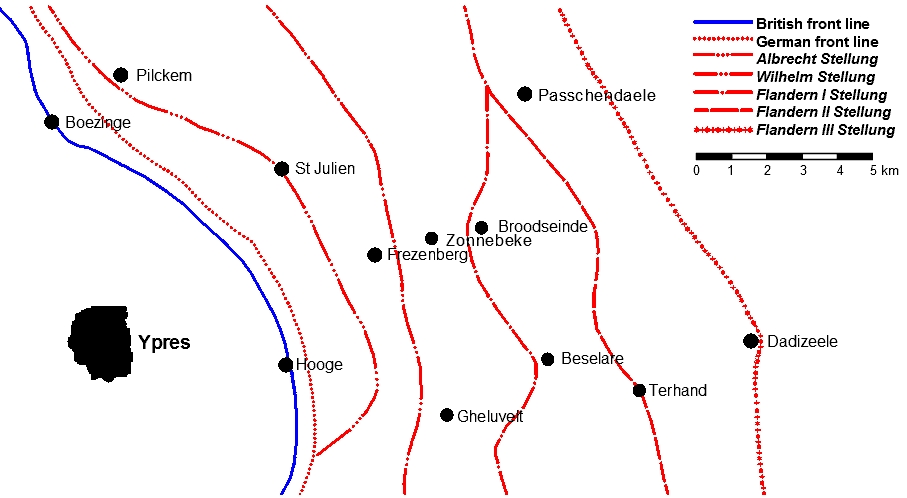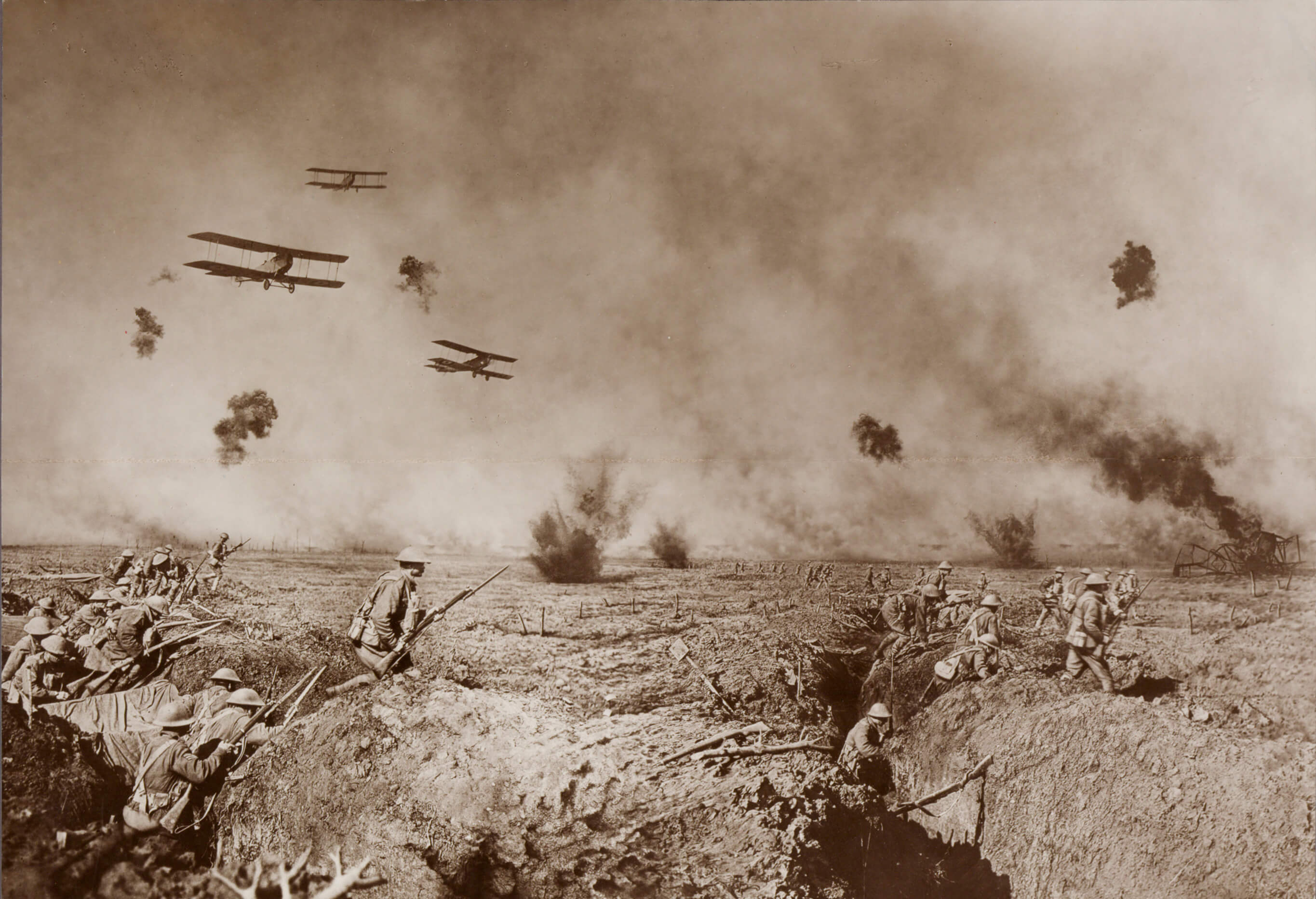|
9 Parachute Squadron RE
9 Parachute Squadron RE (often abbreviated to '9 Sqn') is an Airborne forces, airborne squadron (army), squadron of the British Army's Corps of Royal Engineers. It is part of 23 Parachute Engineer Regiment based at RAF Woodbridge, Rock Barracks in Woodbridge, Suffolk, and provides close engineer support to 16 Air Assault Brigade Combat Team. It traces its heritage to the first Soldier Artificer Company raised in Gibraltar in 1772. The squadron remains the longest continually serving in-role fighting unit in Airborne Forces. Early history, 1772–1914 Soldier Artificer Company of Gibraltar, 1772–1797 9 Parachute Squadron RE trace their lineage to 6 March 1772 when a royal warrant raised an unnamed Company of Soldier Artificers, transferring suitable men from the regiments in the Gibraltar Garrison. The initial company strength was 71 soldiers, to be commanded by officers of the Corps of Engineers. Sergeant Thomas Bridges was to be the first sergeant-major of the company, bei ... [...More Info...] [...Related Items...] OR: [Wikipedia] [Google] [Baidu] |
16 Air Assault Brigade Combat Team
16 Air Assault Brigade Combat Team, known simply as 16 Air Assault Brigade from 1999–2021, is a formation of the British Army predominantly based in Colchester, Essex Essex ( ) is a Ceremonial counties of England, ceremonial county in the East of England, and one of the home counties. It is bordered by Cambridgeshire and Suffolk to the north, the North Sea to the east, Kent across the Thames Estuary to the .... It makes up the Air Assault Task Force, a battlegroup held at high readiness, and is the only brigade in the British Army focused on operating via parachute, helicopter and air-landing. History Formation The brigade was formed as part of the defence reforms implemented by the Strategic Defence Review on 1 September 1999, by the merging of 24 Airmobile Brigade and elements of 5th Airborne Brigade. This grouping created a highly mobile brigade of parachute units and airmobile units, which employ helicopters. Macedonia After a ceasefire was declared in the Nor ... [...More Info...] [...Related Items...] OR: [Wikipedia] [Google] [Baidu] |
Battle Of Albert (1916)
The Battle of Albert (1–13 July 1916) is the British name for the first two weeks of British–French offensive operations of the Battle of the Somme. The Allied preparatory artillery bombardment commenced on 24 June and the British–French infantry attacked on 1 July, on the south bank from Foucaucourt to the Somme and from the Somme north to Gommecourt, beyond Serre. The French Sixth Army and the right wing of the British Fourth Army inflicted a considerable defeat on the German 2nd Army but from near the Albert–Bapaume road to Gommecourt, the British attack was a disaster, where most of the casualties of the day were incurred. Against the wishes of General Joseph Joffre, General Sir Douglas Haig abandoned the offensive north of the road to reinforce the success in the south, where the British–French forces pressed forward through several intermediate lines closer to the German second position. The French Sixth Army advanced across the Flaucourt plateau south ... [...More Info...] [...Related Items...] OR: [Wikipedia] [Google] [Baidu] |
Battle Of The Selle
The Battle of the Selle (17–25 October 1918) took place between Allied forces and the German Army, fought during the Hundred Days Offensive of World War I. Prelude After the Second Battle of Cambrai, the Allies advanced almost and liberated the French towns of Naves and Thun-Saint-Martin. Although the capture of Cambrai was achieved much sooner than expected and with moderately low casualties, German resistance northeast of the town stiffened along the German Army's temporary defensive structures, the 'Hermann Stellung Line I and II'. By 11 October, the Fourth Army had closed in on the retreating Germans near Le Cateau, with the Germans taking up a new position, immediately to the east of the Selle River. General Henry Rawlinson was faced with three problems: crossing the river, the railway embankment on the far side and the ridge above the embankment. The decision was made to commence the assault at night, and as the river was not very wide at this point, planks wo ... [...More Info...] [...Related Items...] OR: [Wikipedia] [Google] [Baidu] |
Battle Of The Canal Du Nord
The Battle of Canal du Nord was part of the Hundred Days Offensive of the First World War by the Allies against German positions on the Western Front. The battle took place in the Nord-Pas-de-Calais region of France, along an incomplete portion of the Canal du Nord and on the outskirts of Cambrai between 27 September and 1 October 1918. To prevent the Germans from sending reinforcements against one attack, the assault along the Canal du Nord was part of a sequence of Allied attacks at along the Western Front. The attack began the day after the Meuse-Argonne Offensive commenced, a day before an offensive in Belgian Flanders and two days before the Battle of St. Quentin Canal. The attack took place along the boundary between the British First Army and Third Army, which were to continue the advance started with the Battle of the Drocourt-Quéant Line, Battle of Havrincourt and Battle of Epehy. The First Army was to lead the crossing of the Canal du Nord and secure the no ... [...More Info...] [...Related Items...] OR: [Wikipedia] [Google] [Baidu] |
Battle Of Drocourt-Quéant Line
The Drocourt-Quéant Line (; ) was a set of mutually supporting defensive lines constructed by Germany between the French towns of Drocourt and Quéant during World War I. This defensive system was part of the northernmost section of the Hindenburg Line, a vast German defensive system that ran through northeastern France. It was attacked and captured by Canadian and British troops in the closing months of the war as part of Canada's Hundred Days of successful offensive campaigning that helped end the war. Description The Drocourt–Quéant Line (also referred to as the Drocourt–Quéant Switch) ran between the French cities of Drocourt and Quéant and was part of a defensive system that ran from a point within the Hindenburg Line, west of Cambrai, northward to within west of Douai and terminated along the front east of Armentières. The Drocourt–Quéant Line was a system in depth and incorporated a number of mutually supporting lines of defence. The system consisted ... [...More Info...] [...Related Items...] OR: [Wikipedia] [Google] [Baidu] |
Battle Of The Scarpe (1918)
The Battle of the Scarpe was a World War I battle that took place during the Hundred Days Offensive between 26 and 30 August 1918. 26 August The Canadian Corps advanced over 5 kilometres and captured the towns of Monchy-le-Preux and Wancourt. Lieutenant Charles Smith Rutherford VC MC MM from the 5th Canadian Mounted Rifles of the 3rd Canadian Infantry Division performed actions that earned him the Victoria Cross The Victoria Cross (VC) is the highest and most prestigious decoration of the Orders, decorations, and medals of the United Kingdom, British decorations system. It is awarded for valour "in the presence of the enemy" to members of the British .... He captured a German party of 45, including two officers and three machine-guns, then captured another pillbox along with another 35 prisoners and their guns. 27 August Heavy rains during the night resulted in slippery ground, difficulties in assembling troops and late starts for the assaults. Stiff resistance from ... [...More Info...] [...Related Items...] OR: [Wikipedia] [Google] [Baidu] |
Second Battle Of The Somme
The Second Battle of the Somme of 1918 was fought during the First World War on the Western Front from late August to early September, in the basin of the River Somme. It was part of a series of successful counter-offensives in response to the German Spring Offensive, after a pause for redeployment and supply. The most significant feature of the two 1918 Somme battles was that with the failure of the first 1918 Somme Battle (not to be confused with the 1916 Battle of the Somme) having halted what had begun as a large German offensive, the second formed the central part of the Allies' advance to the Armistice of 11 November. Battle On August 15, British field marshal Douglas Haig refused demands from Supreme Allied Commander Marshal Ferdinand Foch to continue the Amiens offensive, as that attack was faltering as the troops outran their supplies and artillery, and German reserves were being moved to the sector. Instead, Haig began to plan for an offensive at Alb ... [...More Info...] [...Related Items...] OR: [Wikipedia] [Google] [Baidu] |
Battle Of The Lys (1918)
The Battle of the Lys, also known as the Fourth Battle of Ypres, was fought from 7 to 29 April 1918 and was part of the German spring offensive in Flanders during the First World War. It was originally planned by General Erich Ludendorff as Operation George but was reduced to Operation Georgette, with the objective of capturing Ypres, forcing the British forces back to the Channel ports and out of the war. In planning, execution and effects, Georgette was similar to (although smaller than) Operation Michael, earlier in the Spring Offensive. Background Strategic developments The German attack zone was in Flanders, from about east of Ypres in Belgium to east of Béthune in France, about south. The front line ran from north-north-east to south-south-west. The Lys River, running from south-west to north-east, crossed the front near Armentières in the middle of this zone. The front was held by the Belgian Army in the far north, by the British Second Army (under Plumer) ... [...More Info...] [...Related Items...] OR: [Wikipedia] [Google] [Baidu] |
Operation Michael
Operation Michael () was a major German military offensive during World War I that began the German spring offensive on 21 March 1918. It was launched from the Hindenburg Line, in the vicinity of Saint-Quentin, France. Its goal was to break through the Allied (Entente) lines and advance in a north-westerly direction to seize the Channel Ports, which supplied the British Expeditionary Force (BEF), and to drive the BEF into the sea. Two days later General Erich Ludendorff, the chief of the German General Staff, adjusted his plan and pushed for an offensive due west, along the whole of the British front north of the River Somme. This was designed to first separate the French and British Armies before continuing with the original concept of pushing the BEF into the sea. The offensive ended at Villers-Bretonneux, to the east of the Allied communications centre at Amiens, where the Allies managed to halt the German advance; the German Army had suffered many casualties and ... [...More Info...] [...Related Items...] OR: [Wikipedia] [Google] [Baidu] |
Battle Of Poelcappelle
The Battle of Poelcappelle was fought in Flanders, Belgium, on 9 October 1917 by the British Second Army and Fifth Army against the German 4th Army, during the First World War. The battle marked the end of the string of highly successful British attacks in late September and early October, during the Third Battle of Ypres. Only the supporting attack in the north achieved a substantial advance. On the main front, the German defences withstood the limited amount of artillery fire achieved by the British after the attack of 4 October. The ground along the main ridges had been severely damaged by shelling and rapidly deteriorated in the rains, which began again on 3 October, turning some areas back into swamps. Dreadful ground conditions had more effect on the British, who needed to move large amounts of artillery and ammunition to support the next attack. The battle was a defensive success for the 4th Army, although costly to both sides. The weather and ground conditions put sever ... [...More Info...] [...Related Items...] OR: [Wikipedia] [Google] [Baidu] |
Battle Of Broodseinde
The Battle of Broodseinde was fought on 4 October 1917 near Ypres in Belgium, at the east end of the Gheluvelt plateau, by the British Second and Fifth armies against the German 4th Army. The battle was the most successful Allied attack of the Third Battle of Ypres. Using ''bite-and-hold'' tactics, with objectives limited to what could be held against German counter-attacks, the British devastated the German defence, prompted a crisis among the German commanders and caused a severe loss of morale in the 4th Army. Preparations were made by the Germans for local withdrawals and planning began for a greater withdrawal, which would entail the abandonment by the Germans of the Belgian coast, one of the strategic aims of the Flanders Offensive. After the period of unsettled but drier weather in September, heavy rain began again on 4 October and affected the remainder of the campaign, working more to the advantage of the German defenders, being pushed back on to far less damaged gro ... [...More Info...] [...Related Items...] OR: [Wikipedia] [Google] [Baidu] |
Battle Of Polygon Wood
The Battle of Polygon Wood (26 September to 3 October 1917) was fought during the second part of the Third Battle of Ypres in the First World War. The battle was fought near Ypres in Belgium, from the Menin road to Polygon Wood and thence north, to the area beyond St Julien. Much of the woodland had been destroyed by the huge bombardments from both sides since 16 July and the area had changed hands several times. General Herbert Plumer continued the British general attacks with limited objectives. Lines of skirmishers advanced ahead of small infantry columns in depth (as had been adopted by the Fifth Army in August) with a vastly increased amount of artillery support, five layers of creeping barrage on the Second Army front. An advance of was planned, to stop on reverse slopes, which were easier to defend, enclosing ground which gave observation of German reinforcement routes and counter-attack assembly areas. Preparations swiftly to defeat German counter-attacks were made, by ... [...More Info...] [...Related Items...] OR: [Wikipedia] [Google] [Baidu] |






